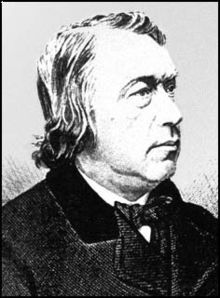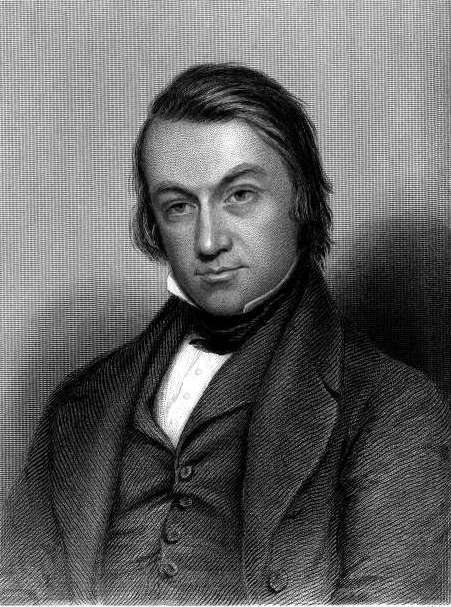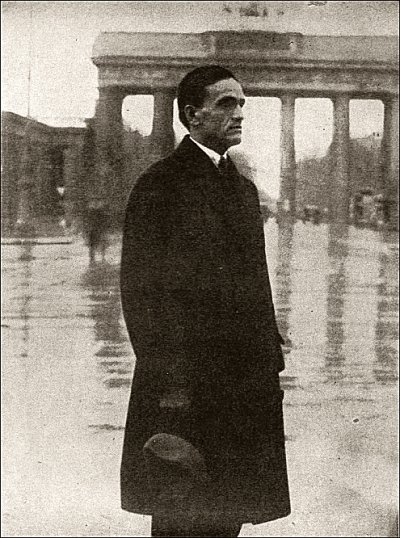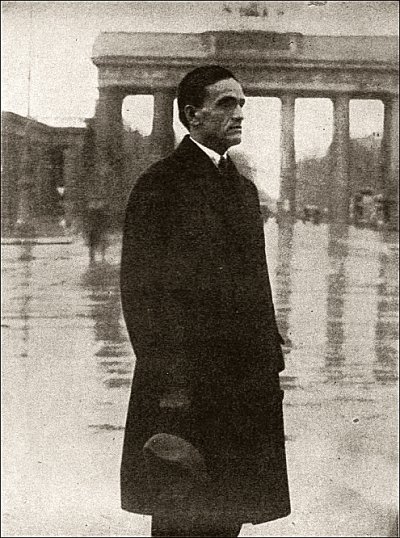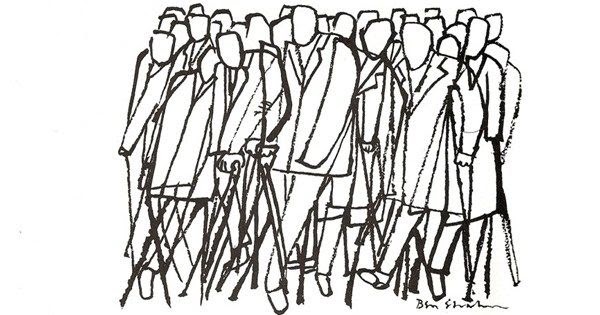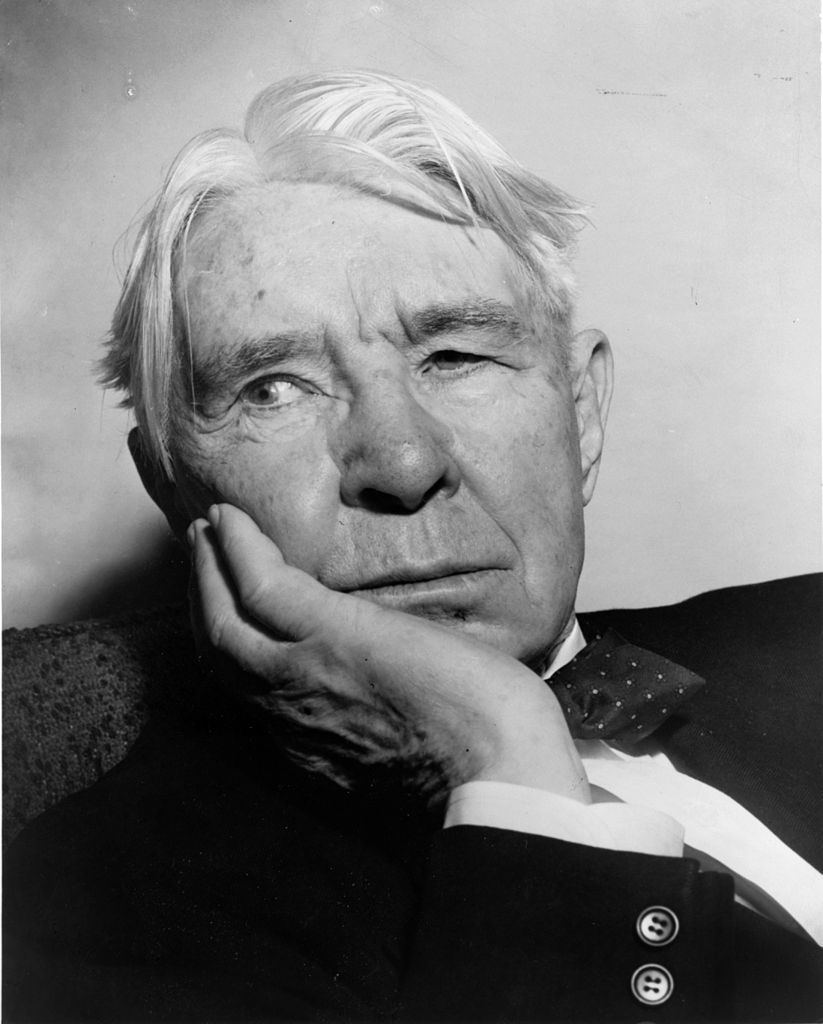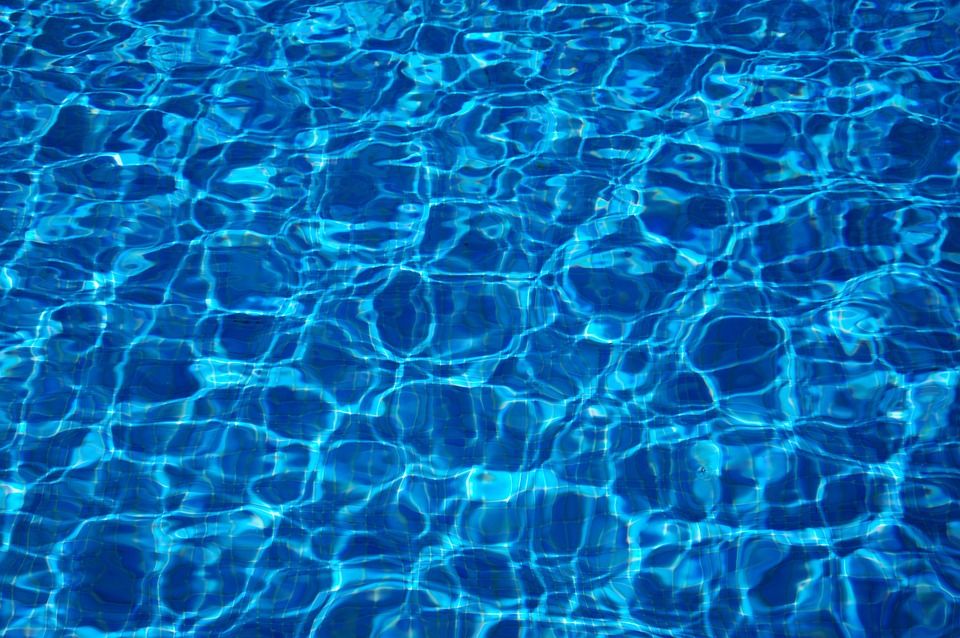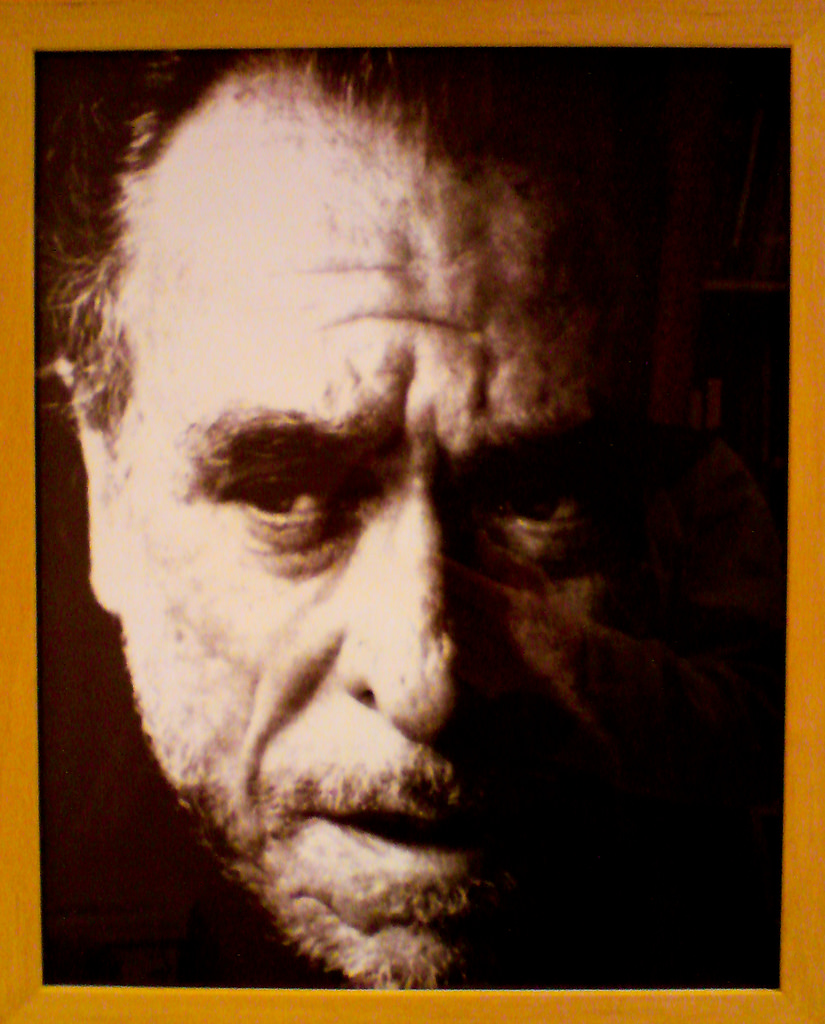Carl Sandburg- Carl August Sandburg born on January 6, 1878, was a renowned American poet, writer and editor. He was also the possessor of three Pulitzer Prizes: out of which two were for his poetry and one for his biography of Abraham Lincoln. He was widely popular and was regarded as “a major figure in contemporary literature”. His works, such as Chicago poems (1916), Cornhuskers (1918), Smoke and Steel (1920) were received with immense popularity. His extensive experience and exposure to life contributed to his works and he enjoyed the unrivalled appeal as a poet. President Lyndon B. Johnson had observed that “Carl Sandburg was more than the voice of America, more than the poet of its strength and genius. He was America”. He was born in a three-room cottage at 313 East Third Street in Galesburg, Illinois. At the age of thirteen he left school and began driving a milk wagon. He started his career as a journalist for the Chicago Daily News. Later on he started indulging himself in poetry writing and other forms of writing such as history, biographies, novels, children’s literature and also film reviews. He spent most of his life in the Midwest before he migrated to North Carolina. Eventually, he volunteered to go to the military and was stationed in Puerto Rico during the Spanish American War. He got married to Lilian Steichen in 1908. In 1919 he received a Pulitzer Prize for his collection Cornhuskers.
Poetic devices in Crucible:
Imagery:
Line 1: the yellow liquid which is cleared later on is introduced by the poet by using the image of “Hot gold”.
Line 3: the spreading of the yellow is explained by the image of “chorus of dancing girls”.
Line 5: the bottom of the green bowl is described by the use of the image of “ dark throat of sky crossed”.
Personification:
Line 4: the yellow liquid is personified by the use of the word “forgets the past and rolls on”.
Line 6: the “forks” is given the human attribute of quarrelling. Again the yellow is given the human feature of “faces”.
Metaphor:
Line 1: the “Hot gold” is compared to the “winding stream” on the basis of the common quality that they both run.
Line 2: the yellow is said to “trickle” down into a “fan figure” – the yellow is compared to a fan as they both have the same shape now – round.
Line 3: the now round shaped yellow is compared to the “chorus of dancing girls” and thus, once again the coordination of the dancing girls which makes the output beautiful is compared to the beauty of the yellow.
Another very important device that has been used in the poem is the visual effect that this poem creates with the uses of definite colours to give the objects, such as the bowl and the liquid, more character, thereby enhancing the imagination of the reader. This is in fact what paints a vivid picture of the scene.
Summary of Crucible-
The poem is short, precise and is simple. The poet doesn’t go into any deep meaning whatsoever. But it is a bundle of images and metaphors; not even one line in the poem is devoid of these. The initial lines of the poem introduce the reader to a “hot gold” that “runs a winding stream on the inside of a green bowl”. This first line would hardly make sense but moving on to the second line makes scenario much more comprehensible. The second line demonstrates the spreading of certain yellow substance that takes the shape of a “fan figure”, and has scattered like a “line of skirmishes” and has spread out like “a chorus of dancing girls”. It also performs the “blazing ochre evolution”, it forgets the “past and rolls on”. The last stanza goes back to describe what happened to the green bowl that the poem mentions in the first line. The last line of the poem speaks of the “yellow changing faces”.
Critical Analysis of Crucible-
The poem has a unique structure. The first stanza of the poem comprises of a single line which perhaps serves the purpose of an introductory statement, wherein the reader is introduced to the subject matter of the poem. The poem doesn’t really have a deep hidden meaning; the poem is primarily the depiction of the idea that cookery is no more just mere cooking of food but it is now rather an exquisite form of art. The poem is the narrative of the “hot gold” which is the metaphorical representation of some yellow batter or liquid that sits inside of a “green bowl”. The yellow liquid in the next stanza, transferred from the green bowl is spread on into a “fan figure” presumably into a round shape, the act thus portrayed as an intervention of the peace that the “yellow” experienced inside the green bowl, but once it is spread out there is a perfect harmony which is once again compared to the group of “dancing girls” who exhibit perfect coordination. “Ochre” may refer to the act of caramelising the yellow to add some colour; this is what completes the garnishing and glamorisation of the food. The yellow now “forgets the past and rolls on” with the present to finish the whole process. The last stanza goes back to the deserted “green bowl” that now has just few more left-over drops of the “hot gold”. This remnant part of the yellow has survived the “quarrelling forks of umber and ochre” making the green bowl look, empty and desolate “green bowl” look like the dark sky.
Central idea of Crucible-
The poem doesn’t have any deep or intensive meaning. It is just an elaborate and magnified demonstration of the follow up of the “hot gold” and how it becomes something completely different as hinted upon by the last three words of the poem “yellow changing faces”. The poem is a perfect example that cookery is no more a mere cooking of food, this poem zooms in onto the making of food to show the magnum opus quality of cookery itself. From the immobile beauty of the “hot gold” to the new form that it has taken after “changing yellow faces” is presentably unveiled in the poem. The poet has kept his concept simple but the technique anything but simple.
Tone of Crucible-
The tone of the poem is not simple, though the poem doesn’t express any deep or intense meaning or concept but the poetic technique that Sandburg chooses to manifest the same, is commendable. The poem brims with imagery and metaphors. The tone can be categorised as one of praising. The poet takes time to illustrate luxuriously the beauty of cooking. There is evidently a feeling of leisure in the lines that he has written.
Conclusion- The poem is like an invitation that takes the reader to a scene from some cookery show or to some kitchen of a luxury restaurant. The use of various imagery and metaphors paints the picture for the reader. By the end of the poem the feeling that rests with the reader is that of exiting a dream. The perfection of the poetic technique is what is remarkable in the poem; this is in fact what enables the poem to leave a lasting impression on the reader. It doesn’t give the reader a happy feeling precisely, rather it gives the reader more like a dream-like sensation.
Some online learning platforms provide certifications, while others are designed to simply grow your skills in your personal and professional life. Including Masterclass and Coursera, here are our recommendations for the best online learning platforms you can sign up for today.
The 7 Best Online Learning Platforms of 2022
- Best Overall: Coursera
- Best for Niche Topics: Udemy
- Best for Creative Fields: Skillshare
- Best for Celebrity Lessons: MasterClass
- Best for STEM: EdX
- Best for Career Building: Udacity
- Best for Data Learning: Pluralsight
